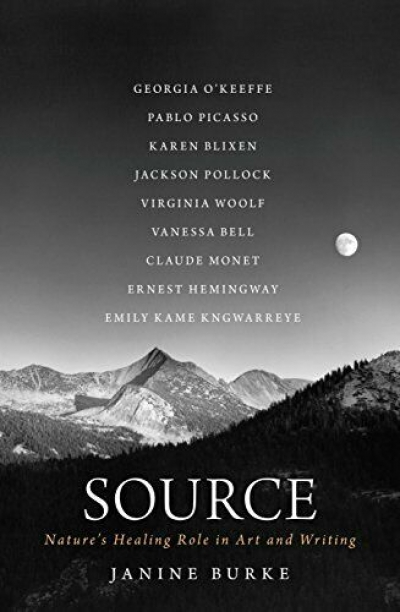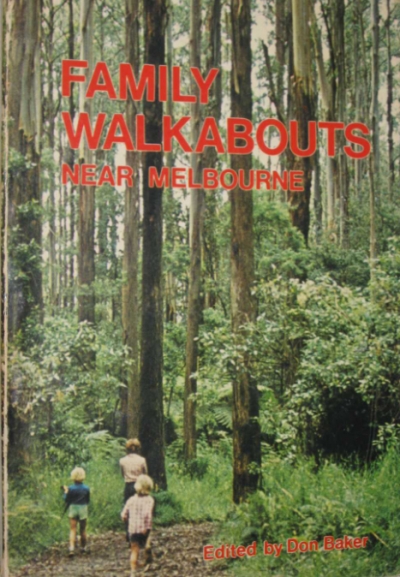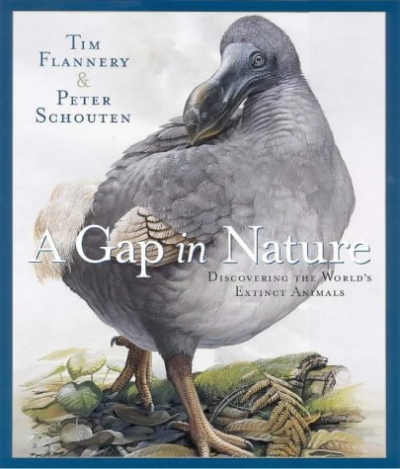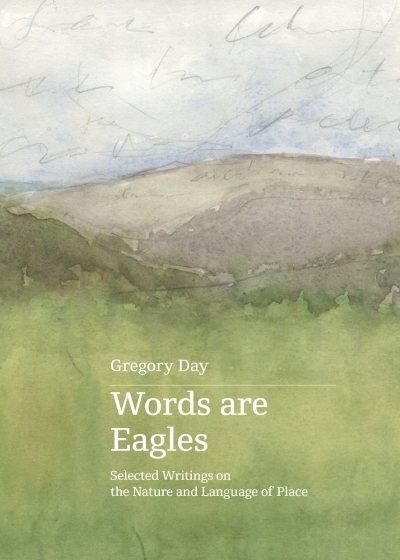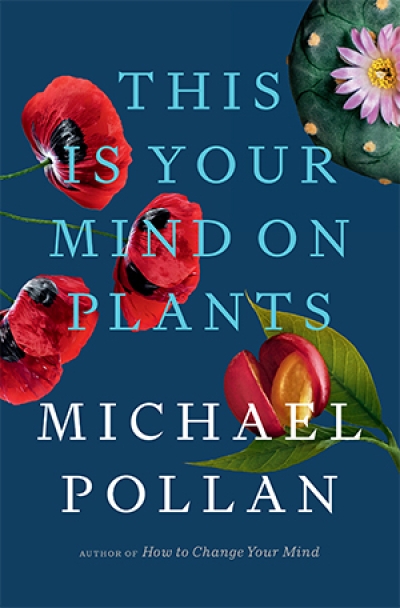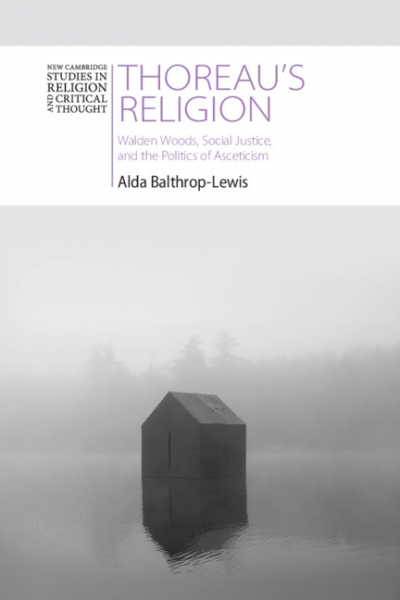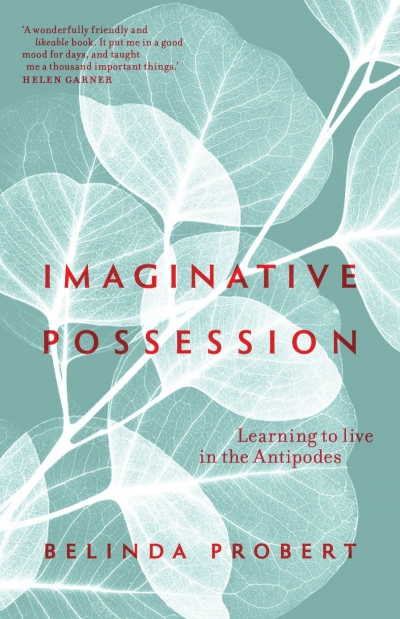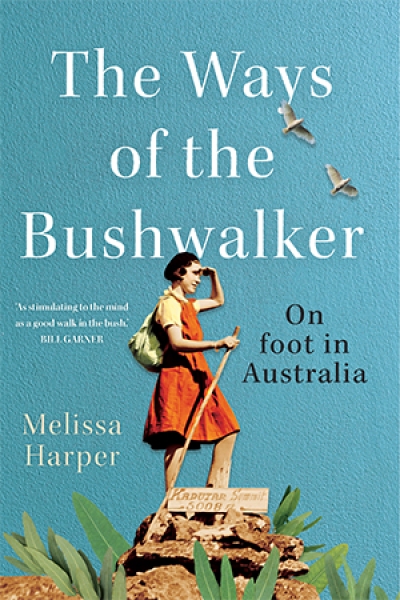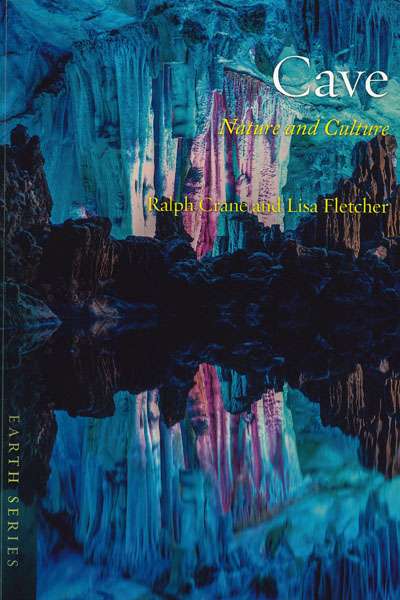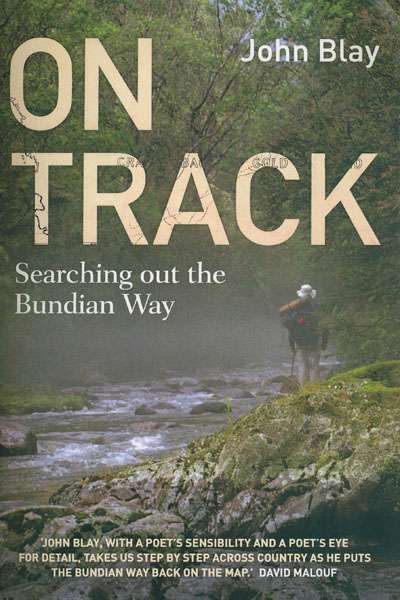Nature Writing
Source: Nature’s healing role in art and writing by Janine Burke
by Jane Goodall •
A Gap in Nature: Discovering the world’s extinct animals by Tim Flannery and Peter Schouten
by Patrice Newell •
Words Are Eagles: Selected writings on the nature and language of place by Gregory Day
by Tom Griffiths •
Thoreau’s Religion: Walden Woods, social justice, and the politics of asceticism by Alda Balthrop-Lewis
by Danielle Celermajer •
Imaginative Possession: Learning to live in the Antipodes by Belinda Probert
by Paul Dalgarno •

